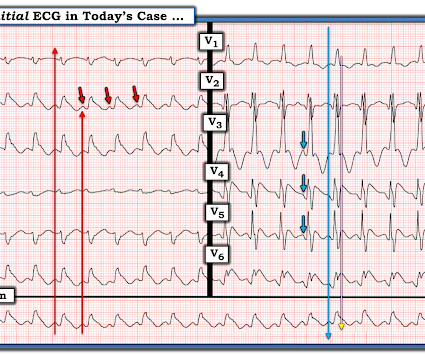SGEM#344: We Will…We Will Cath You – But should We After An OHCA Without ST Elevations?
The Skeptics' Guide to EM
SEPTEMBER 11, 2021
He is interested and experienced in healthcare informatics, previously worked with ED-directed EMR design, and is involved in the New York City Health and Hospitals Healthcare Administration Scholars Program (HASP). Acute coronary syndrome (ACS) is responsible for the majority (60%) of all OHCAs in patients.












Let's personalize your content